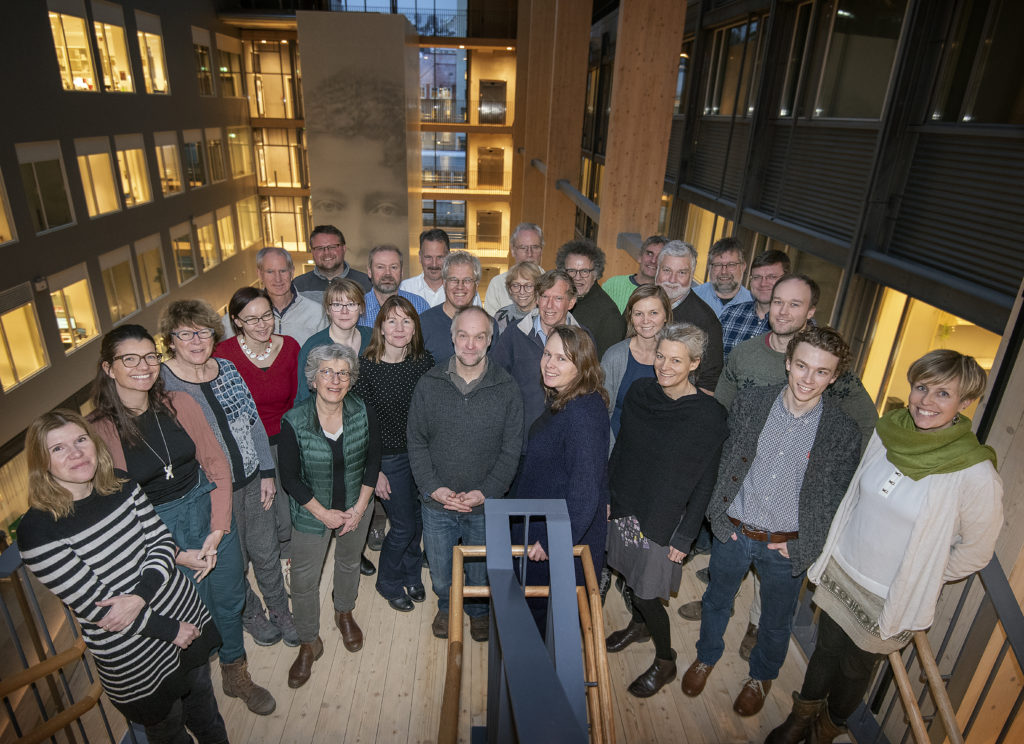10th December 2018 – The Joint IMR/NAMMCO Workshop on the Status of Harbour Porpoise in the North Atlantic

From December 3rd-7th 2018, NAMMCO and the IMR hosted the Joint Workshop on the Status of Harbour Porpoises in the North Atlantic. The workshop included scientists and experts from both sides of the Atlantic, and the North and Baltic seas all of whom came together to discuss the status of one of the world’s smallest cetaceans. Porpoises have a broad distribution in the North Atlantic, ranging from North Africa and Iberia in the south, to the North Sea and the Baltic, and round to Greenland, the east coast of Canada, and the USA. Some of the population seem to be doing well while others could be threatened by human activities.
The assessment unit boundaries for harbour porpoises in the North Atlantic were subject to discussion; genetic analysis, tagging studies and life history traits helped tentatively re-draw the lines that delineate the separate stocks. These revisions are based on the most up-to-date knowledge of the biology of the species and are important should they go on to inform management policy.
Significant challenges exist when performing a comprehensive assessment of harbour porpoise units. Perhaps most notable is the issue of by-catch. Many of the areas inhabited by porpoise maintain substantial gill-net fisheries, which are potentially a very high source of mortality. Estimating the effect of by-catch at a population level and its sustainability, has proven difficult because of the quality of the data, where sometimes the only available by-catch information coming from stranded animals. Further, by-catch and fishing effort reporting from different areas varyies greatly, with many by-caught porpoise likely going unreported. The workshop therefore wishes to see an improvement in the consistency in reporting fishing effort and by-catch incidence, so by-catch rates can be reliably determined.
Another theme covered by the group was the effect of marine pollutants. Certain groups of chemicals, such as PCBs and other organochlorines, could be having negative impacts on the reproductive rates in harbour porpoise. For populations already exposed to high anthropogenic disturbance and mortality, a decreased ability to recover may result in a permanent downward trend in population abundance. One of the targets of the workshop was therefore to assess the level of human-related risk to the different populations.
Some assessment work is still ongoing, but the full report of the workshop will be available shortly. Inside will be detailed all of the various presentations given, the area assessments, and the subsequent discussions. It is hoped that this workshop will be an important step towards the reliable assessment of the status of harbour porpoise in the North Atlantic.


